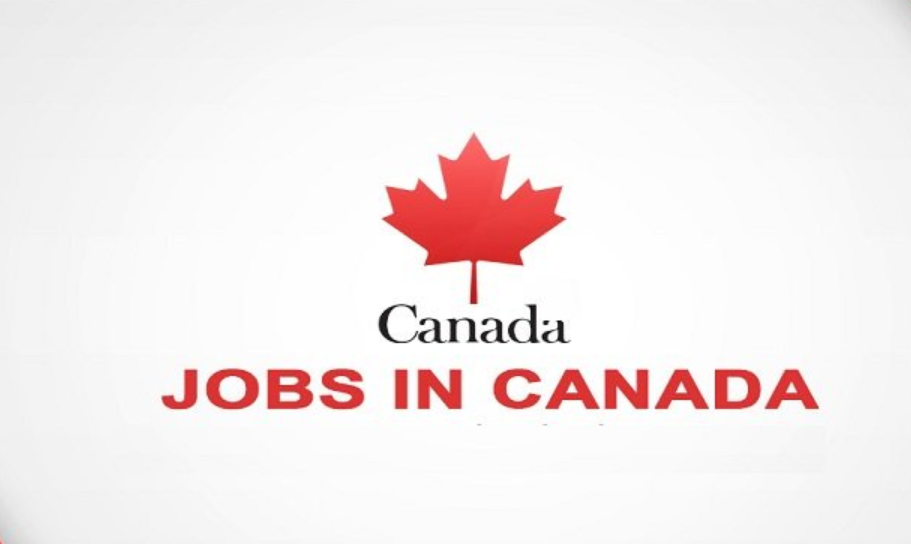Types of Australia Visa
Australian Visa Types
There are many different types of Australian visas available for immigration purposes, but knowing which one is needed can be a confusing process. We have provided, courtesy of The Emigration Group, a look at the country’s most commonly used visas and what is required to get an Australian Visa.
Immigration Australian visa is always stamped on a passport. Applying through the General Skilled Migration Programme is the most common way to obtain an Australian visa and a popular route to achieving permanent residence in the country. This program emphasizes skills that are currently in demand within Australia and encourages potential immigrants who possess these skills to apply.
There are three main types of skilled Australian visas, and all are points based on a minimum pass mark. For each visa, you will need to meet the requirements. These are:
Applicants must nominate an occupation from either the Skilled Occupation List or Consolidated Sponsored Occupations List and have the relevant skills and experience in that occupation.
Applicants must demonstrate a suitable level of English language ability – passport holders of English-speaking nations meet the basic requirements and will not need to sit an International English Language System Test to prove this ability.
Applicants must be under the age of 50 at the time of being invited to apply for a visa and meet the pass mark applicable at the time.
A visa stamp on a passport
The visa categories for General Skilled Migration are as follows:
- Skilled Independent visa (subclass 189)
This Australian visa is for individuals/families seeking an independent (non-sponsored or nominated), permanent residence visa. Once an expression of interest has been submitted, which meets the aforementioned basic visa requirements, they will need to be invited to apply for a visa by the Australian government. The occupation they nominate must be included on the Skilled Occupation List, and if you are accepted, this type of skilled visa allows you to settle and work anywhere in Australia.
- Skilled Nominated – permanent (subclass 190)
This visa is for applicants who have received State or Territory Government Nomination and are seeking a permanent residence Australian visa. In addition to being nominated by a State or Territory Government, applicants will need to meet the basic requirements outlined above and their occupation must be included on the Consolidated Sponsored Occupations List. You must initially settle in the state or territory which you have been nominated.
This visa is for skilled workers who have been nominated by a State or Territory Government or eligible relative, living in a designated (regional) area in Australia. This is a four-year provisional Australian visa that entitles the holder to live and work in a specified regional area. Permanent residence is available to those who meet the requirements for a permanent subclass 887 visa.
All applicants must also meet the necessary conditions above. If sponsored by a close family member then the occupation must be included on the Skilled Occupations List, whereas if nominated by a State or Territory Government the profession must be included on the Consolidated Sponsored Occupations List.
Family Australian visa
If a close family member or spouse is already an Australian citizen or permanent resident, an applicant may use this relation or spouse to apply for an Australian visa.
Australian Passport With the World map in the Background representing Family Australian visa
- Partner visas in Australia
The Australian Partner Migration program is open to married and de-facto couples who are in committed, genuine relationships with either an Australian Citizen or Permanent Resident. The Australian Partner Visa allows you to travel to Australia with your partner. If you’ve been in a genuine relationship for three years or more, you may be granted a permanent visa.
If not, you may be granted a temporary visa which, after two years in an ongoing relationship, you will be eligible to apply for a permanent visa. You will need to have been (and be able to prove that you’ve been) in a committed relationship with your Australian partner for at least 12 months before being eligible to apply for this Australian visa.
- Contributory Parent Australian visa – permanent (subclass 143)
This visa is for parents who want to join their child/children in Australia, who must be either permanent residents or citizens and willing to sponsor you. Parents will need to pass the Balance of Family Test. This test means that at least half of your children, including step-children and adopted children, must be living permanently in Australia.
A substantial second visa application charge must be paid before the visa is issued – which is updated on 1st July each year. Additionally, a ten-year assurance of support is required from the sponsor with a $10,000 bond for the principal applicant and AUD 4,000 for each other adult applicant.
- 3. Contributory Parent Australian visa – temporary (subclass 173)
This is a two-year temporary Australian visa, which offers a lower second visa application charge of AUD 25,330 per person. There is no assurance of support needed for the 173 visas. However, visa holders can apply for a permanent 143 visa before the expiry of the 173 (temporary visa) and a further application charge of AUD 16,885 per person is then payable.
A 10-year assurance of support is required of $10,000 for the principal applicant and AUD 4,000 for each other adult applicant for the permanent stage.
- Other family visas in Australia
There are also visas available for children of Australian permanent residents/citizens. Contact The Emigration Group for more information.
A person holding a passport opened showing many visa stamps. Australian visa concept.
Work Australian visa
These visas are aimed at people who are looking to immigrate to Australia temporarily. There are three main options through this stream, with each Australian work visa having a different range of eligibility criteria that must be met to make a successful visa application. However, for each Australian visa, you will need to meet the following criteria:
You will need a job offer from an Australian employer;
You will need to prove that you have the required skills and experience needed to fulfill the role you have been nominated for
You (or the Australian employer) will need to prove that there is a demand for the job you have been offered and that a local applicant couldn’t fill the position.
closeup of Australian visa in a passport
The work visas are as follows:
- Temporary Skilled Work (subclass 457)
This is a four-year temporary Australian visa that requires you to work in Australia for the employer who sponsored you. You can only work in the nominated occupation with this visa, and any period of unemployment must not exceed 90 days.
The Temporary Skilled Work visa also allows the holder to travel to and from Australia freely and for family members to work and study in Australia for the duration of the visa. Once the employee has obtained a successful skill assessment or has worked for 2 years for the Australian business/employer, they may apply for a nominated permanent Australian visa.
There are three stages to complete this program. The employer must apply to become a standard business sponsor before nominating an occupation for an existing or prospective subclass 457 visa holder. The nominated person must then apply to obtain this visa to fill the role and move to Australia.
- 2. Employer Nomination Scheme (subclass 186)
This visa grants you permanent residence in Australia. You must be nominated by an approved Australian employer, be younger than 50, meet the skills, qualifications, and language requirements and apply under the stream for which you are nominated. There are three streams that this visa falls under, these are:
- Temporary Residence Transition Stream
Visa subclass 457 holders who have worked for two years with their nominated employer can be offered a permanent position.
Direct Entry Stream
The Direct Entry Stream is for people nominated by an employer under this stream, who have never – or only briefly – worked in Australia or for certain temporary residents.
- Agreement Stream
The Agreement Stream is for people sponsored through a labor agreement, so if you currently work, or will work in the future for an employer who is a party to a labor agreement you may be eligible to apply for this Australian visa stream.
- Regional Sponsored Migration Scheme (subclass 187)
To receive this permanent Australian visa you must be nominated by an approved Australian employer for a job-based in a regional area of Australia. You will also need to be younger than 50, and meet the skills, qualifications, and language requirements.
This Australian visa also has three streams: the Temporary Residence Transition Stream, the Direct Entry Stream, and the Agreement Stream. The first is for visa subclass 457 holders and allows employers to offer them permanent positions in that occupation.
The Direct Entry stream is for people who have never, or only briefly, worked in Australia or certain temporary residents while the Agreement Stream is for people sponsored through a labor agreement. Information supplied by The Emigration Group. Visit their website for more in-depth information on any of these visas, and to take a FREE online eligibility assessment.
Conclusion
As stated earlier, knowing the right visa to choose, can be quite confusing, but in this article, we have analyzed different types of Australian visas, we hope this is of help to you.


![ESIMSAD Intra-Africa Scholarship for African Students [Fully-funded]](https://britishvisa.com.ng/wp-content/uploads/2024/05/ESIMSAD-IntraAfrica-Scholarship-for-African-Students-Fullyfunded-220x150.png)




![Government of Colombia Scholarships for Foreign Students 2024 [Fully Funded]](https://britishvisa.com.ng/wp-content/uploads/2024/04/Government-of-Colombia-Scholarships-for-Foreign-Students-2024-Fully-Funded-390x220.png)

![World Trade Organisation Internship Program for Postgraduate Students [Paid Internship]](https://britishvisa.com.ng/wp-content/uploads/2024/02/World-Trade-Organisation-Internship-Program-for-Postgraduate-Students-Paid-Internship-390x220.png)